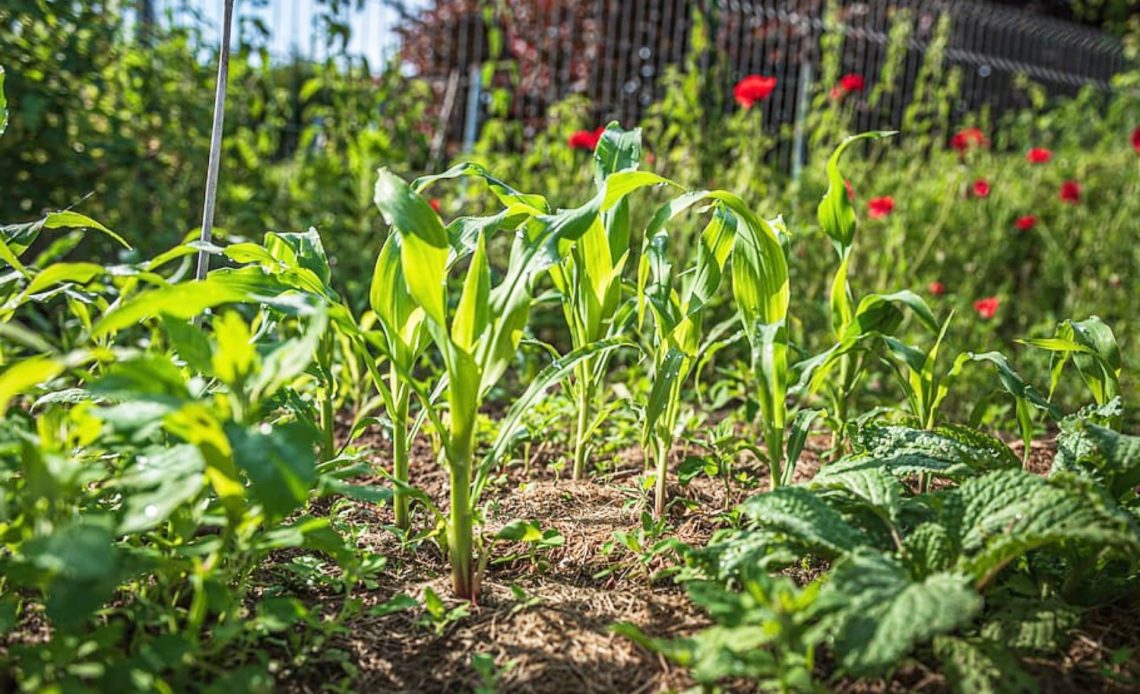

We’re here to help! Wild Yards is a completely free website that is 100% dedicated to helping you create a wildlife-friendly, sustainable yard. Read more
WildYards is reader-supported. When you buy a product through a link on our site, we may earn a comission. Every product is independently selected by our (obsessive) editors and our reviews are unbiased and objective. Read more about our mission or our privacy policy.
Planning a garden is exciting, but if the soil in your raised beds or vegetable patch leaves something to be desired, it can make growing your own fruits and vegetables a difficult task. Fortunately, there are a number of soil amendments available to make gardening easier and much more rewarding. One such amendment is peat moss, but how can you use peat moss for your vegetable garden to grow healthy, delicious crops?
There are several ways that peat moss can be used in a vegetable garden. You can mix peat moss into the soil to lower the pH and improve its structure, or you can use it as mulch for acid-loving plants.
What is peat moss?
The phrase “peat moss” is often used interchangeably with the phrase “sphagnum moss” within the gardening world, but they are two separate soil amendments. “Sphagnum moss” refers to the living sphagnum moss plant, whereas “peat moss” refers to the dead layer of sphagnum moss that can be found below the uppermost layer of living sphagnum moss. Both of these mosses can be used in gardening, however, peat moss is slightly more popular for vegetable gardening because it is nutrient deficient and doesn’t interfere with fertilizers.
Peat moss first became available in the 1940s and is one of the most popular gardening amendments available today thanks to its versatility. In the United States, most of the prepackaged peat moss you can use for your vegetable garden is harvested from wetland areas in Canada. Because peat moss grows at a glacial speed of just 1 inch every 20 years, it is not considered a renewable resource, even though it is biodegradable and all-natural.
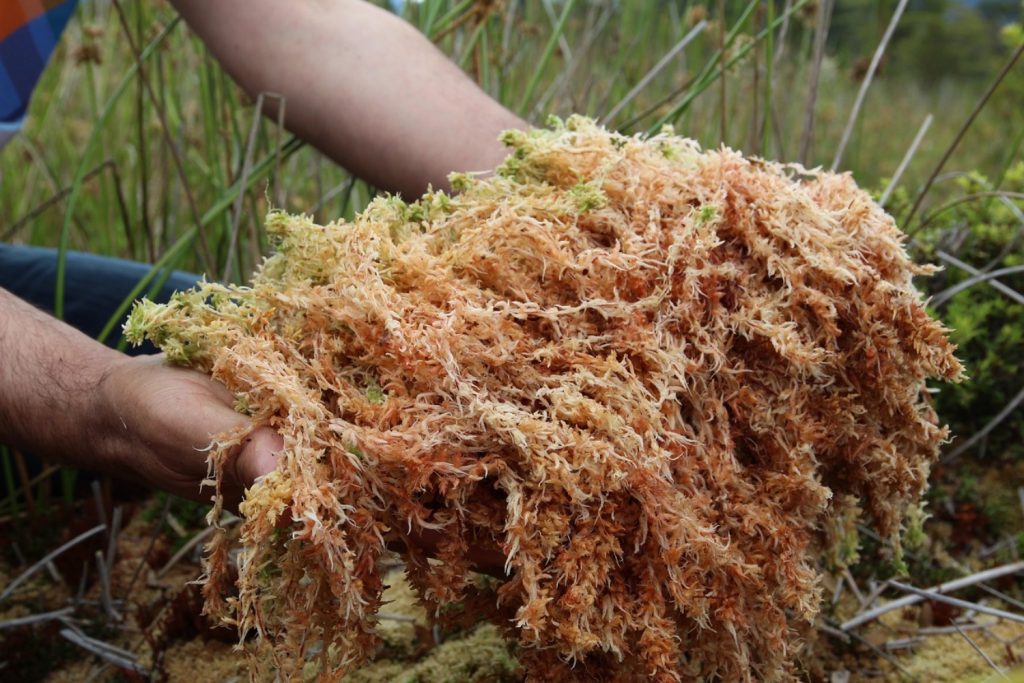
What is peat moss good for?
Peat moss is light, fluffy, and somewhat spongy in texture. It’s an ideal soil amendment for compacted and/or clay-rich soils that don’t have much pore space for air and water to penetrate. Peat moss makes it easier for plants to take root. For this reason, it’s often used with peat pots to grow seedlings and to help newly transplanted plants get established in their new homes.
If your soil stays too wet or too dry, then amending it with some peat moss can help improve its structure. Peat moss supports good drainage, allowing excess water to run off quickly. And yet, it helps soil hold onto just enough moisture to keep a plant’s roots hydrated. Another reason to consider using peat moss for your vegetable garden is that it makes it easy for oxygen to reach your plant’s roots. This not only allows the plant to perform necessary metabolic processes like respiration but also promotes the development of healthy bacteria in the soil.
Finally, peat moss can be helpful for adjusting soil pH. Peat moss is acidic, usually ranging between 4.0 and 5.5, so it can be used to amend neutral and alkaline soils to make them more hospitable for acid-loving plants, like tomatoes and blueberries (we’ll talk more about which plants like peat moss in a bit).
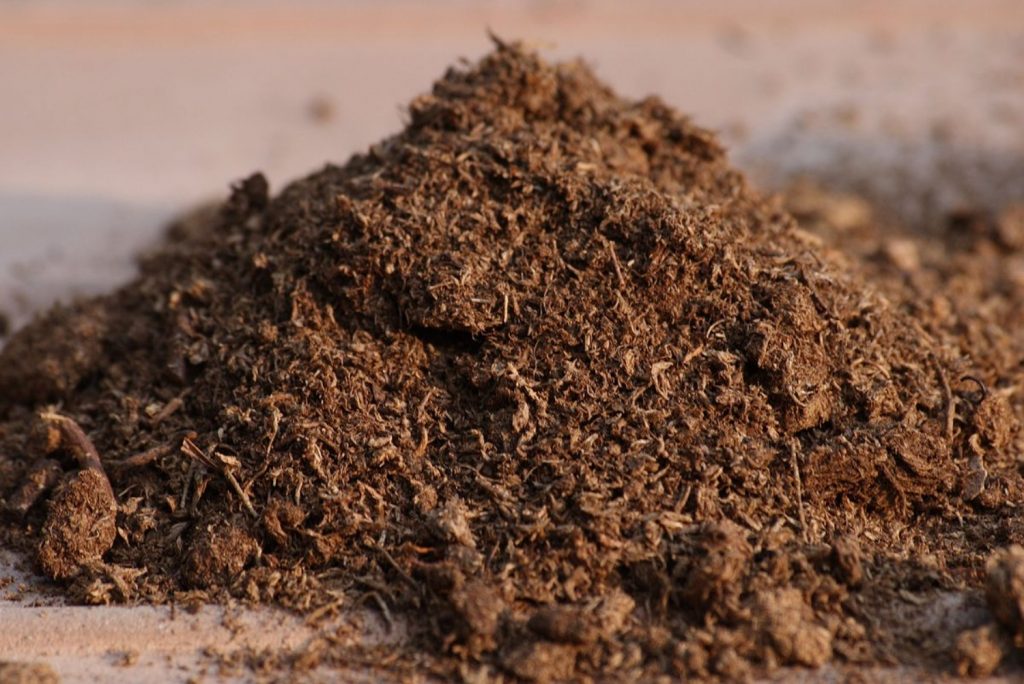
Using peat moss in raised beds
A major rookie mistake when filling raised garden beds is to load them up with bagged potting soil and start planting. But your garden’s soil is more than just a substrate for growing in. It’s a complex structure that should be carefully cultivated over a period of years. Good aged soil allows you to grow the best vegetables possible. So taking the time to create a soil mixture comprised of a variety of materials can help you grow healthier crops in the long haul.
The ideal soil mixture for raised beds is comprised of the following.
- 50% Topsoil — Choose loamy topsoil to make up the bulk of your homemade soil mixture. Bagged topsoils are preferred because they’re usually of a higher quality than topsoils that are purchased by the yard. If you’re filling numerous raised beds and have to purchase a dump truckload of topsoil, choose topsoil that isn’t too sandy or clay-rich. You should also make sure the topsoil is clean and free of roots, rocks, sticks, and dirt clods.
- 30% Aged Compost — Whether you make your own at home, or purchase some bagged from your local garden center, your raised garden bed soil should contain around 30% compost. An equal mixture of green matter and brown matter, compost has degraded enough to add structure to your garden’s soil and provide plants with much-needed nutrition throughout the growing season. Compost feeds the healthy bacteria in the soil, which can help protect your plants from diseases. It also aids in moisture retention so you don’t have to water as often.
- 20% Biodegradable Materials — Aged compost will help keep things loose, but because it’s mostly broken down, it can become compacted quickly. You’ll need to make sure your raised garden’s soil contains a mixture of organic materials that have yet to decompose to create plenty of pore space. Leaves, manure, wood chips, and worm castings are ideal. Peat moss can be added, too, to improve soil structure and quality. You can use any combination of these ingredients to help feed your plants, but peat moss is particularly helpful if you plan on growing plants that require good drainage.
This soil mixture will provide your plants with all of the nutrients they need to grow well for one season. Once you harvest your crops, you’ll naturally be taking minerals away from the soil that you’ll need to replace before planting during the next season. Although using peat moss for your vegetable garden soil can improve drainage, it is not nutritionally dense, so it shouldn’t be relied upon to feed your plants. Use other organic fertilizers, like bone meal, blood meal, and kelp meal to do that instead.
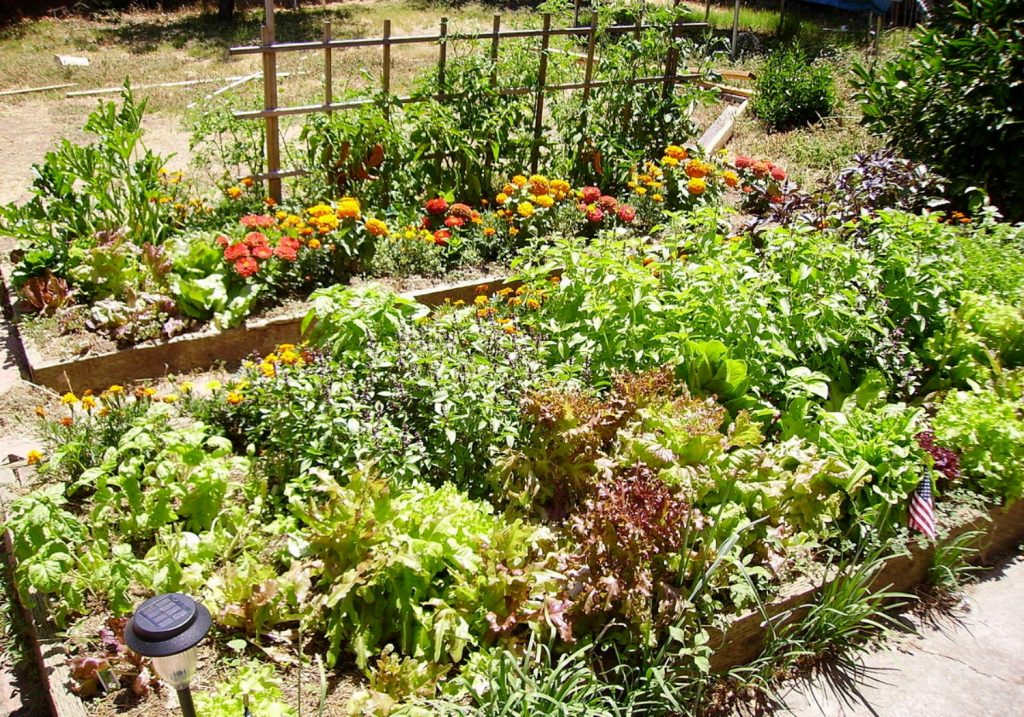
Using peat moss for in-ground vegetable patches
Raised garden beds are so easy to work with when it comes to amending the soil. But if you prefer to grow your vegetables directly in the ground, you can still add some peat moss to improve the structure. Peat moss is perfect for soils that are sandy or that have a high clay content. If your soil tends to stay a bit too moist or a bit too dry, then mixing in a healthy dose of peat moss can help temper those two extremes.
To start, use a rototiller to break up the soil in your vegetable patch. You’ll need the dirt to be nice and loose to mix in the peat moss evenly. Remember that peat moss is only useful for improving water retention and/or drainage. Peat moss is not nutrient-dense, so you’ll also likely need to mix in some compost, manure, or worm castings to make it more nutritious. We recommend testing your soil ahead of time to determine which nutrients it needs most.
How much peat moss you use for your vegetable garden patch will depend on your native soil. Loamy soils that drain well and can easily be kept moist typically do well with anywhere between 5% and 10% peat moss. But sandy to clay-rich soils generally require more, at 15% to 20%.
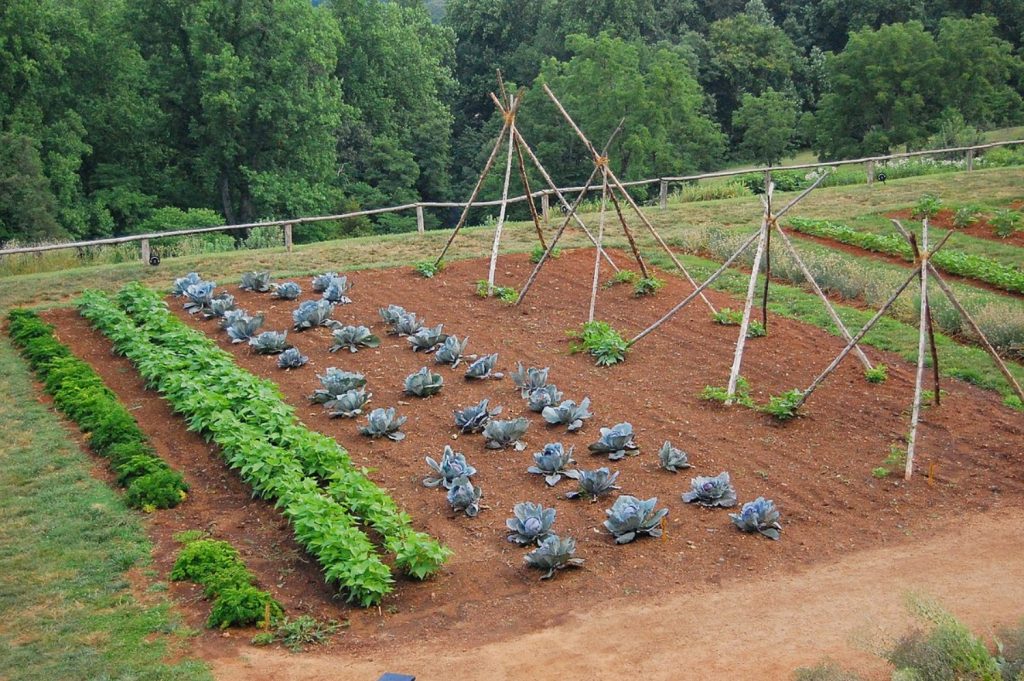
Using peat moss for container gardening
If you only have a small container patio garden and you don’t want to invest time and money into mixing your own special soil blend, here’s a simple hack: purchase a premixed vegetable soil blend and add about 15% peat moss. Using peat moss for container vegetable gardens is just as beneficial as using it for in-ground gardens and raised beds. It helps potted plants stay hydrated without becoming water-logged.
Again, peat moss is not nutrient-dense, so it can’t be used as a fertilizer. A prepackaged vegetable garden soil mixture should contain sufficient nutrients to see your crops through a single season. After that, you’ll need to discard the soil and replace it. If you find your fruits and veggies aren’t getting enough nutrients, feed them a dose of Miracle-Gro Tomato, Fruit, and Vegetable plant food to help them meet their energy needs.
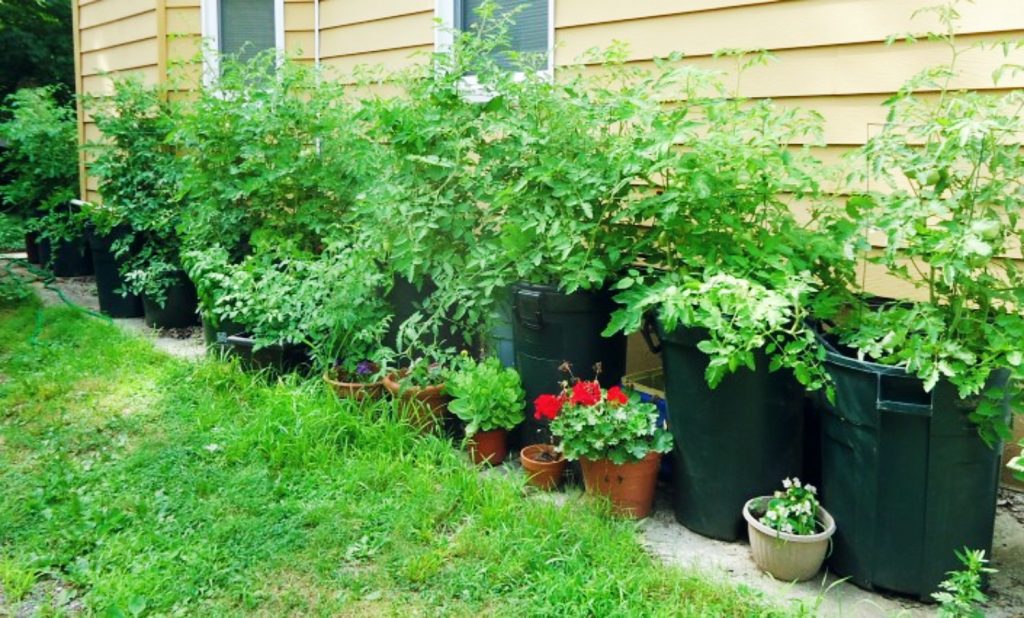
Using peat moss to alter soil pH
Another reason to use peat moss for your vegetable garden is to alter the soil’s pH. Some plants dislike growing in neutral to alkaline soils. But adding peat moss to the mix can make things more acidic. Adjusting your plant’s soil to the ideal pH can enhance its ability to absorb nutrients, encouraging new growth, flower production, and fruit development. Always test your soil before using peat moss for your vegetable garden to make sure you don’t lower the pH too much.
Using peat moss as a mulch
You can certainly use peat moss as mulch for your vegetable garden if you so desire. However, there are a few things that are worth keeping in mind if you choose to do so. First, peat moss is very acidic. Far too acidic for many garden favorites. Peat moss works best when used as a mulch for acid-loving plants, but it can cause significant damage to plants that require more neutral or alkaline substrates. So always double-check your plant’s pH requirements before using peat moss as a mulch.
Second, when peat moss dries out, it has an unkempt, cracked appearance. If looks matter to you, then you may want to use wood chips as mulch instead. Dry peat moss is super lightweight. If you live in a windy region, a strong gust may blow the peat moss away. While peat moss can be an effective mulch for potted plants, when spread on the ground, it should only be applied as a thin under-layer for heavier mulches, like wood chips, which can help keep the peat moss in place.
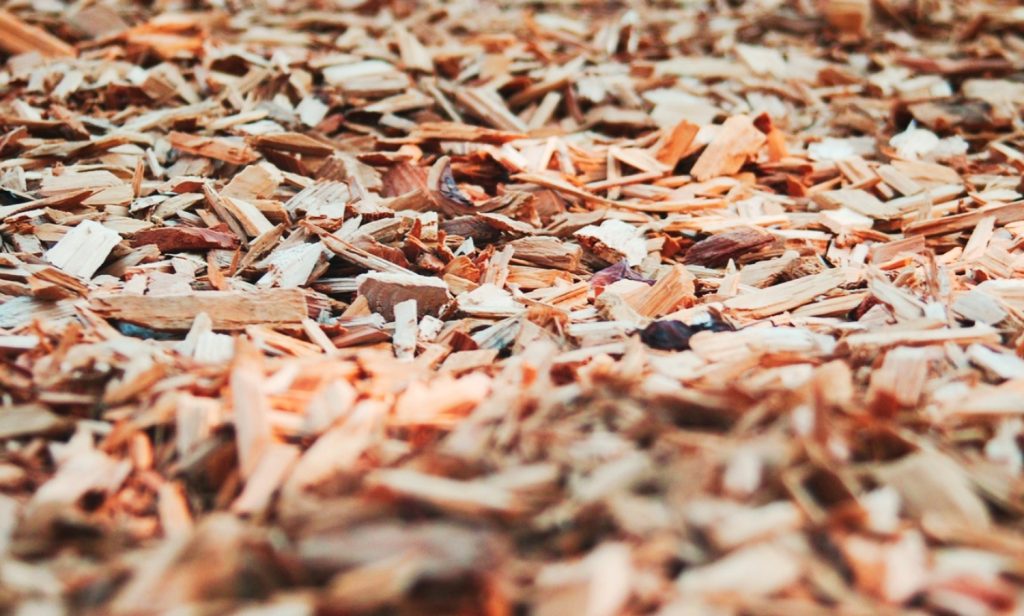
What plants like peat moss?
Because peat moss tends to be acidic, some plants like it more than others. If you mix peat moss in with a bunch of other “ingredients”, as you would if you were making a soil mixture for a raised bed, then its acidity will be so diluted, the substrate’s pH would be closer to neutral. So you could grow just about anything in it. But if you were using peat moss as the sole amendment to your garden’s soil, then you should be more choosy about which plants you put in there. Here are a few fruits and vegetables that grow especially well in peat moss.
- Blueberries
- Strawberries
- Rhubarb
- Tomatoes
- Peppers
In addition to these fruits and vegetables, many flowering ornamental shrubs love peat moss as well. Azaleas, camellias, rhododendrons, and gardenias can be grown in soil amended with ample doses of peat moss because these plants thrive in acidic soils.
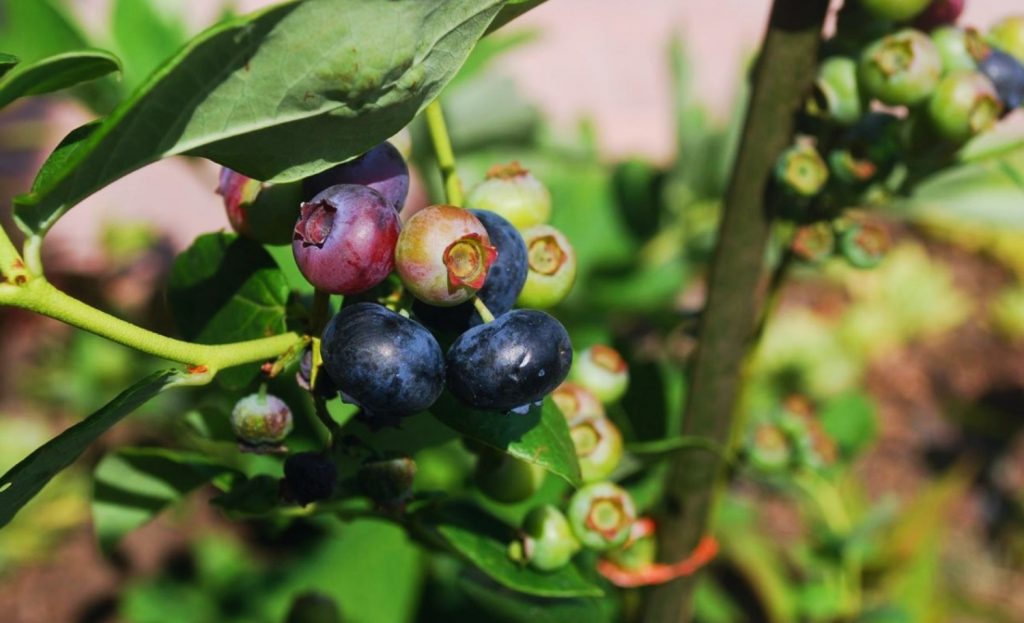
What vegetables do not like peat moss?
Although many fruits and vegetables can grow well in peat moss, some plants dislike the acidic conditions that peat moss creates. If you intend to use peat moss to amend the soil in your garden, you should avoid planting the following fruits and vegetables.
- Grapes
- Cherries
- Apricots
- Watermelons
- Squash
- Asparagus
- Okra
- Pumpkins
- Broccoli
- Cabbage
- Cauliflower
- Onions
- Garlic
- Cucumbers
- Beans
- Carrots
- Potatoes
- Yams
These fruits and vegetables prefer to grow in neutral to slightly alkaline soil. Planting them in soil that has been amended with lots of peat moss may result in nutritional deficiencies, stunted growth, and poor crop production.
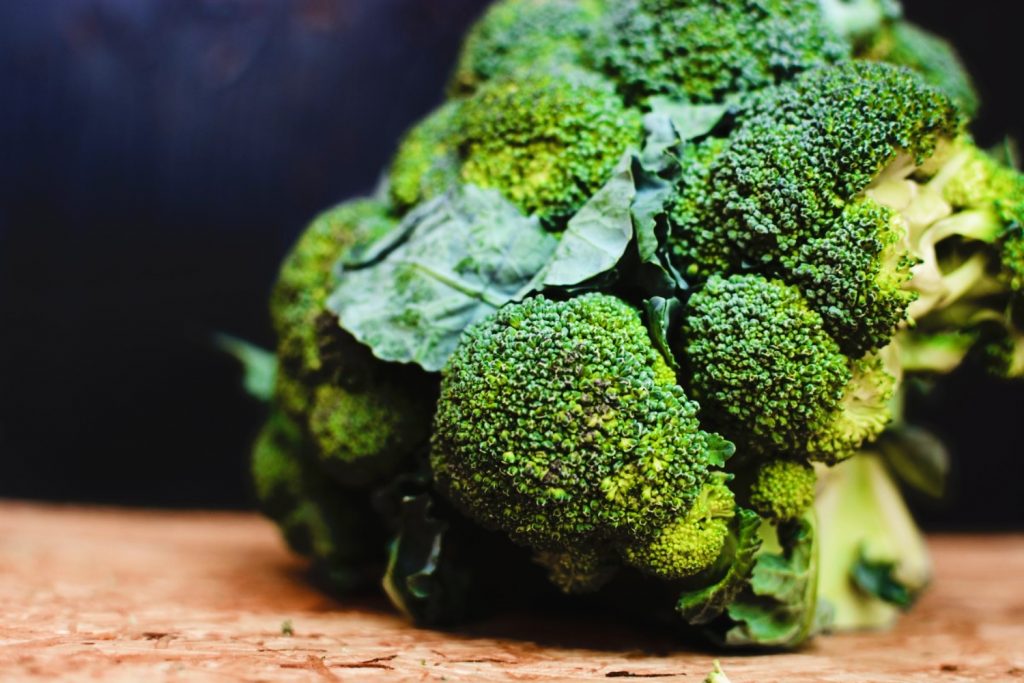
How much peat moss to add to soil?
How much peat moss you use in your vegetable garden depends on the type of soil you’re working with, how much soil you need, and which plants you intend to grow in the soil. Ultimately, it’s up to you to determine how much peat moss your growing medium needs. But keeping these tips in mind will help you get started.
- Sandy soils and clay-rich soils tend to require more peat moss than loamy soils.
- Soils that stay too wet or too dry need more peat moss than moist soils that drain well.
- Consider mixing compost, manure, or worm castings with peat moss to further improve soil structure. Adding nutrient-rich organic materials has the additional benefit of making the soil more fertile.
- For soils that are alkaline in nature, mix 1 to 2 inches of peat moss into the upper 12 inches of the soil. This should lower the pH by 0.5 to 1 unit. Test the soil several weeks after amending it to determine if more peat moss should be added.
- Soils that are acidic in nature should not be amended with peat moss but should have manure or compost added to them instead to raise the pH to a more neutral or alkaline level.
- If you’re concerned that peat moss will make your soil too moist, mix hydroton clay pebbles, perlite, or pea gravel with it to keep the soil porous and improve drainage.
When it comes to mixing soils, it’s not exactly a hard science. There is some wiggle room. If you add a bit too much of one thing and not quite enough of another, it won’t matter much. Over time, you’ll develop an eye for soil mixtures and you’ll be able to feel how much peat moss is needed to improve a substrate’s texture.
How often should you reapply peat moss?
If you use peat moss for your vegetable garden to lower the soil pH, you’ll need to test the soil at least twice a year to determine whether or not it needs more peat moss added to it. But because peat moss doesn’t have any nutrients to speak of, you don’t have to add more to the soil over time, as you might with compost. In some instances, you may find you don’t need to add more peat moss to your vegetable garden soil for years. However, in other cases, you may find your garden soil’s texture improves when peat moss is added once or twice a season. Every case is different.
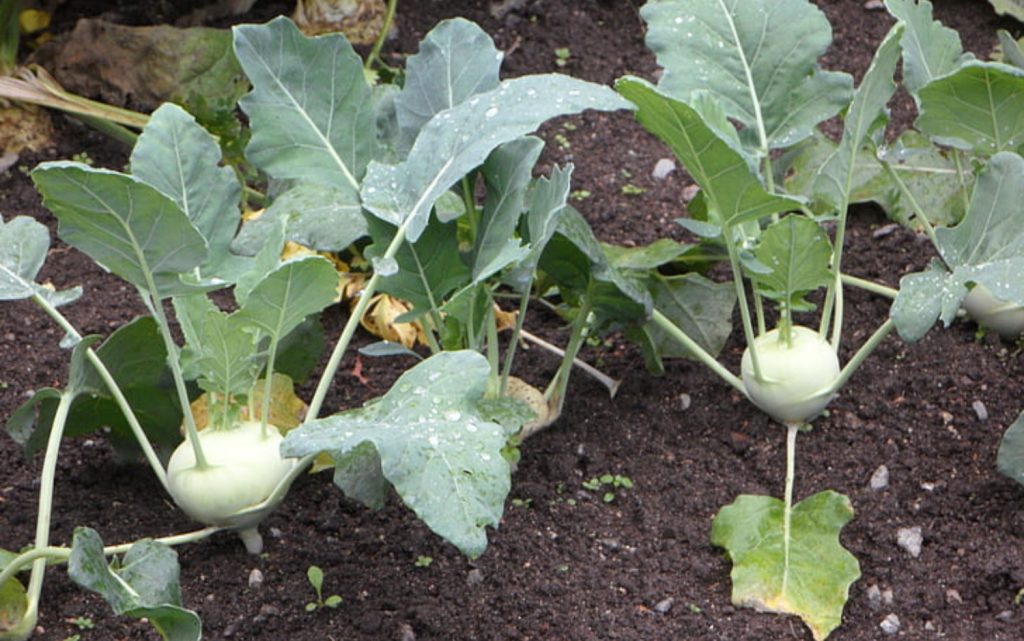
Are there any alternatives to peat moss?
Since peat moss grows so slowly, it isn’t considered renewable. For some environmentally-conscious gardeners, this is reason enough not to use it. However, there are other reasons to avoid using peat moss, too. For instance, if your soil is already too acidic. But if peat moss isn’t an option, then what should you use instead?
There are a variety of organic materials that you can use to improve your vegetable garden’s soil. Hay, straw, grass clippings, leaf mold, mushroom compost, and coconut coir are all excellent alternatives to peat moss. These materials are considered renewable and will add structure and nutrients to your soil. If you’re looking to improve soil drainage specifically, rather than make the soil more fertile, then perlite, rice hulls, vermiculite, and pumice can be used instead of peat moss.
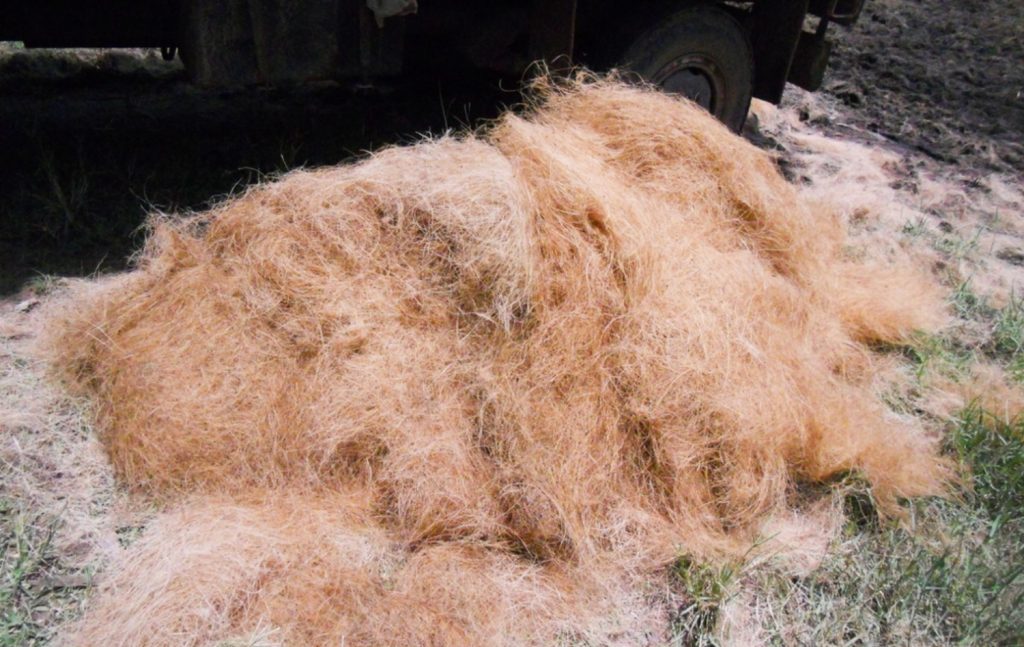
Using peat moss for a healthier vegetable garden
Good soil is the key to growing a good garden, and using peat moss is one way to improve the health of your soil. Adding peat moss to your vegetable garden’s soil mixture can help improve drainage and aeration while simultaneously supporting the development of healthy bacteria. This supports your plants from the roots up. When used in tandem with nutritionally-dense organic materials, peat moss can help you grow the best fruits and veggies possible, increasing your chances of a successful harvest.
